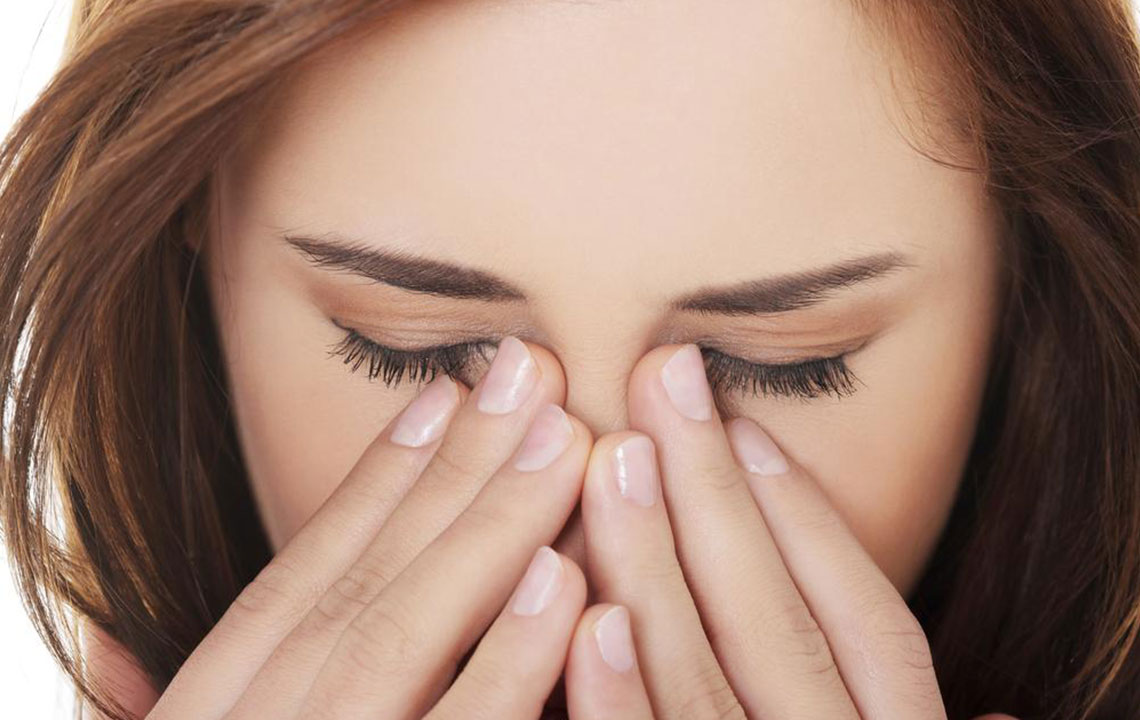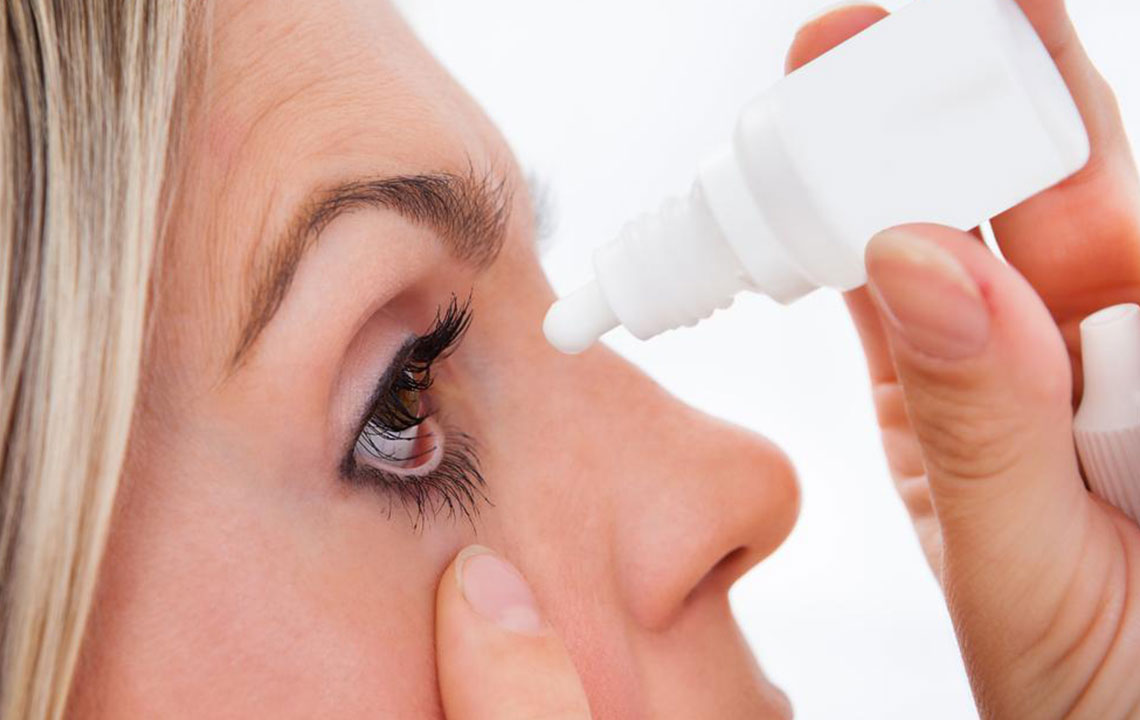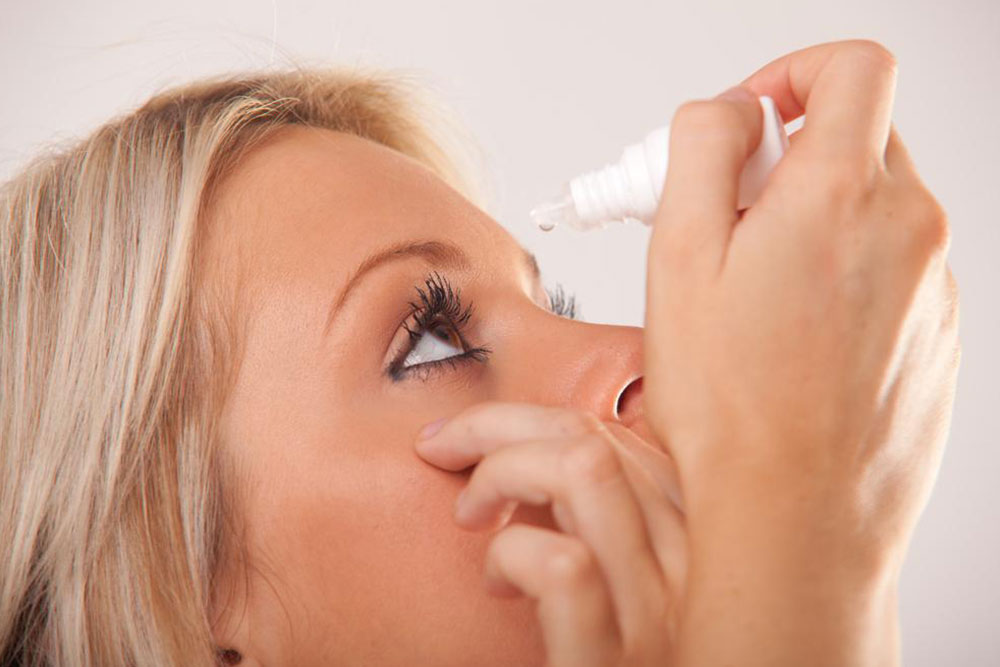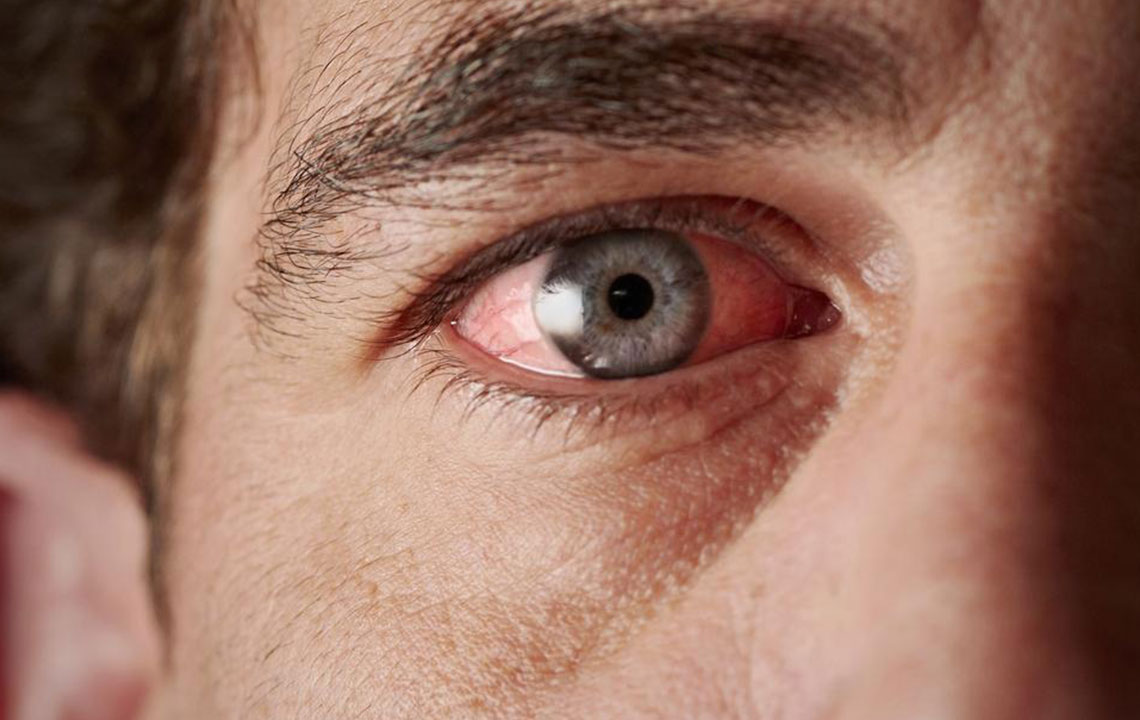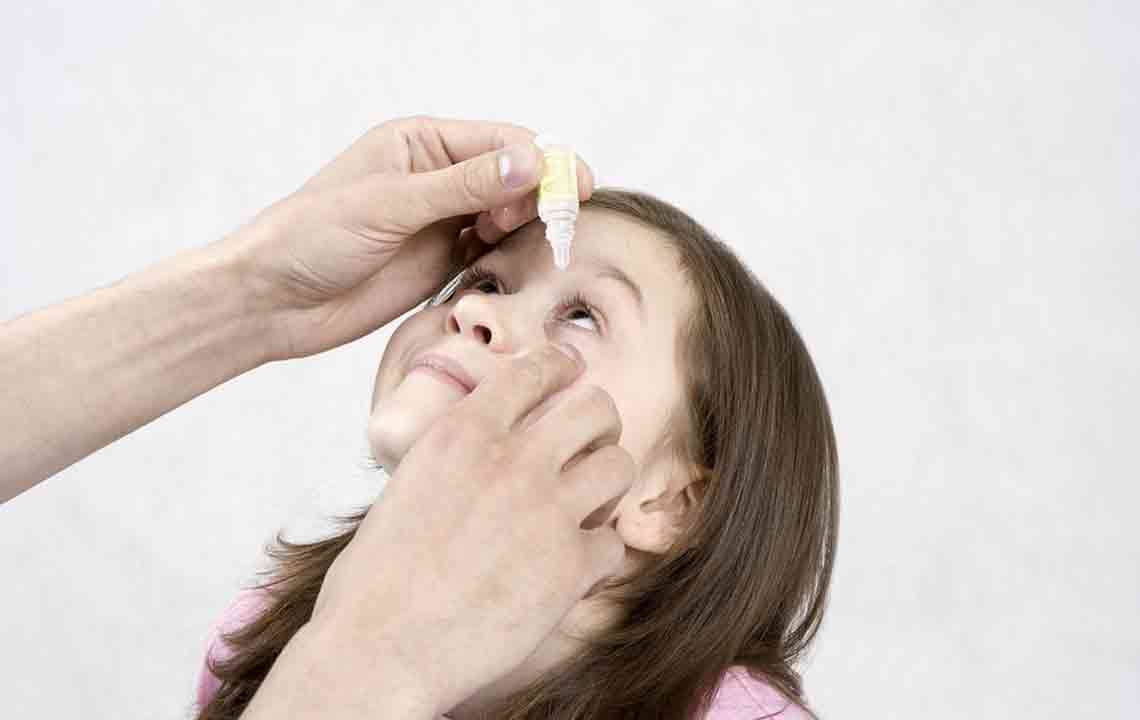Understanding Dry Eye Disorder: Causes, Symptoms, and Remedies
Dry eye disorder affects millions, especially women over 50, causing discomfort due to insufficient tear production. Causes include environmental factors, medications, and health conditions. Symptoms range from dryness and redness to blurred vision. Treatments like eye drops, lifestyle changes, and addressing underlying issues help manage the condition. Seek medical advice if symptoms worsen to prevent complications like conjunctivitis or corneal damage.
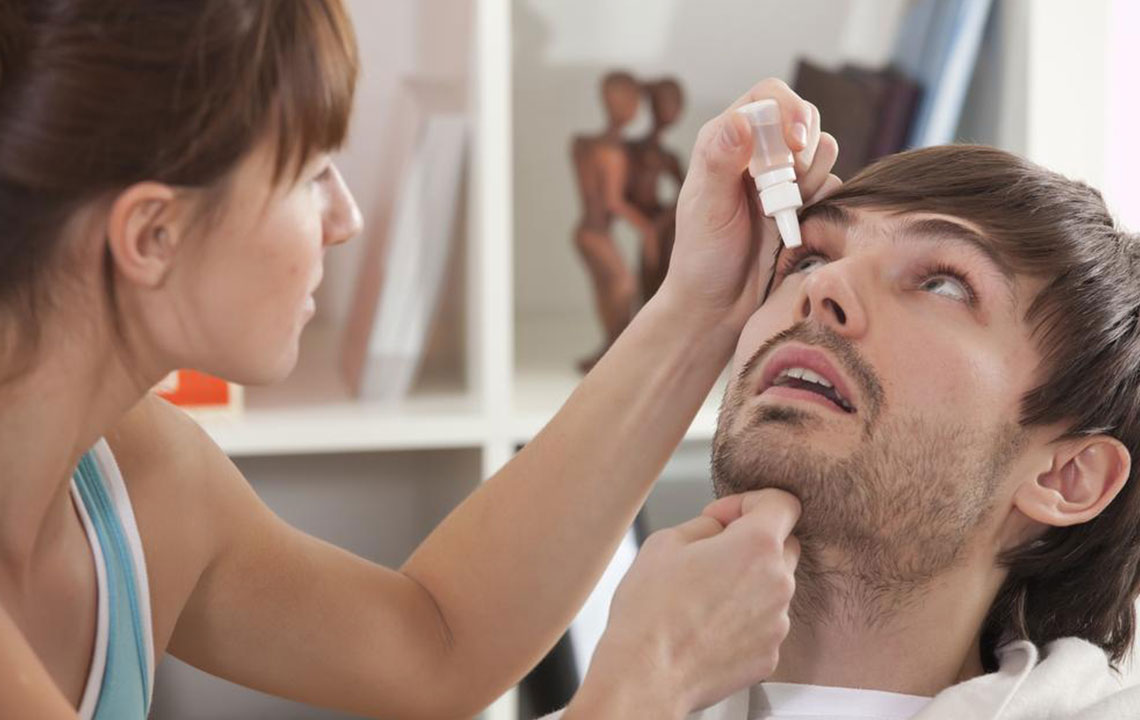
Understanding Dry Eye Disorder: Causes, Symptoms, and Remedies
Dry eye disorder is a prevalent condition where the eyes fail to produce enough tears or tears evaporate too quickly. This results in redness, swelling, soreness, and discomfort. Also known as keratoconjunctivitis sicca, it mostly affects individuals over 50. Approximately 5 million Americans experience this issue, which is more common in women—particularly during pregnancy, menopause, or hormone replacement therapy.
Various health problems like allergies, thyroid issues, autoimmune diseases, vitamin A deficiency, and exposure to keratitis can heighten the risk. Symptoms typically include dryness, soreness, redness, burning, crusting upon waking, blurry vision, tearing, and light sensitivity. Severe cases may require medical attention. Causes include climate conditions, contact lens use, medications, and hormonal fluctuations. While generally manageable, untreated dry eye can sometimes lead to conjunctivitis or corneal inflammation, emphasizing the importance of timely care. Preventive measures involve using lubricating eye drops, avoiding dust, maintaining a humid environment, and eating a diet rich in omega-3s. If discomfort persists, consulting an eye specialist is advisable.

